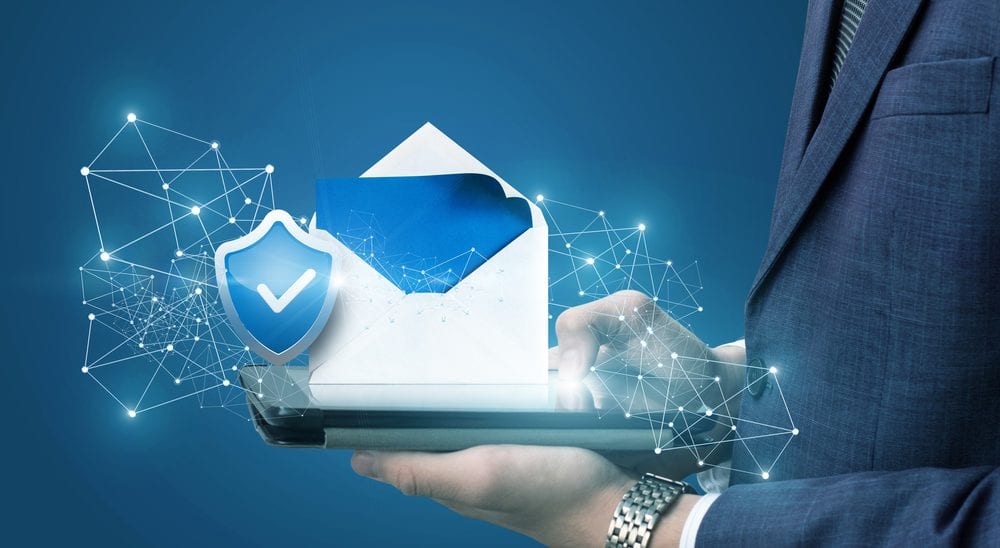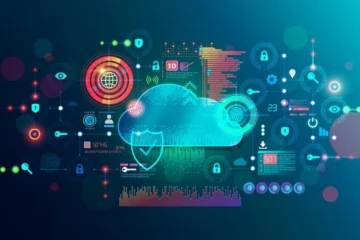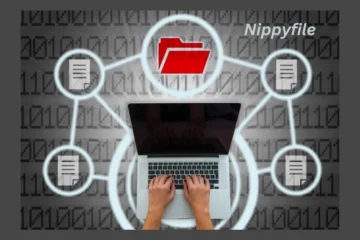Email Threats Overview
Email remains a critical communication tool for businesses but is also a significant vector for cyber threats. Organizations must prioritize business email security to protect sensitive information and maintain operational integrity. From phishing to malware, the potential threats are numerous and ever-evolving. The implications of a successful email attack can be severe, including data breaches, financial losses, and damage to a company’s reputation, which highlights the importance of a comprehensive security strategy. An effective email security strategy requires a multi-layered approach, combining best practices, advanced technologies, and employee training to mitigate risks and ensure business continuity. This holistic approach not only helps detect and block threats but also minimizes the impact of any incidents that may occur. By being proactive and vigilant, businesses can stay ahead of cybercriminals and safeguard their email communications.
Common Email Threats to Watch Out For
Understanding common email threats is crucial for protecting business accounts. Phishing, which appears legitimate but can lead to unauthorized access and data breaches, is a common threat. Malware, often delivered via email attachments or links, can compromise data integrity and security, stealing sensitive information or encrypting files in ransomware attacks. Spam, which can contain harmful links and attachments, can also be used as a delivery mechanism for phishing attacks or malware. Business Email Compromise (BEC) is a sophisticated attack targeting wire transfers or confidential information, leading to significant financial losses and data breaches. BEC attacks often involve detailed research and social engineering tactics, making them difficult to detect and prevent. Therefore, businesses must be vigilant in identifying and addressing these common email threats.
Best Practices for Email Security
Email security is essential for thwarting attacks. Important suggestions include creating strong, one-of-a-kind passwords; turning on multi-factor authentication (MFA); patching and updating email software and systems regularly; deploying anti-phishing tools to identify and stop phishing attempts; and setting up explicit email usage policies and guidelines for staff members. Policies should address things like handling sensitive information, reporting possible threats, and recognizing questionable communications. Passwords should also be complicated and difficult to guess. Software patching and routine upgrades also aid in preventing known exploits. By implementing these best practices, you can guarantee a safe online environment and build a strong defense against email attacks.
Key Technologies for Email Security
Email security technologies are essential for protecting sensitive information, preventing unauthorized access, and maintaining data integrity. Key technologies include email encryption, which encrypts sensitive information to ensure only intended recipients can access it, and spam filters, which reduce unsolicited emails and phishing attacks. Platforms for threat intelligence offer insightful information about new threats, enabling businesses to remain ahead of possible dangers. Secure email gateways protect data and communication by defending against both inbound and outgoing threats, identifying and blocking harmful content, stopping data leaks, and guaranteeing regulatory compliance. To gain a more profound comprehension of email security technologies, consult the extensive tutorial available on CSO Online.
Employee Training for Email Safety
Email security is critical, and employee training is essential to prevent breaches. Key training components include regular sessions to help employees recognize phishing attempts and other threats, including examples of common tactics and hands-on exercises. Encouraging employees to report suspicious emails reduces the risk of successful attacks, creating a culture of vigilance. Regular simulations can also evaluate employees’ responses to real threats, identifying areas for improvement. For more information on practical security training, visit Dark Reading.
How to Respond to Email Threats
Isolating compromised computers right away is essential to countering email threats and halting the spread of malware. Inform all parties involved, including staff members and clients, of possible data breaches. Conduct a comprehensive investigation to determine the cause of the breach and its breadth. To stop such occurrences in the future, frequently examine and improve email security protocols. Maintaining a solid defense against changing threats requires constant improvement based on lessons learned from incidents. This will enable improved prevention in the future and lessen the effect of email attacks.
Future Trends in Email Security
Email security is changing, and companies must keep up with new developments. AI analyzes massive amounts of data to find patterns and anomalies and proactively detect and respond to threats. There is a focus on zero-trust security approaches, which call for stringent access rules and ongoing verification for all users and devices. Sharing best practices and threat intelligence throughout enterprises also improves collaboration. Organizations need to be flexible and proactive to effectively counteract email threats and stay alert in the constantly evolving world of email threats.
Keep an eye for more news & updates on TimesAnalysis.Com!



